by Derek Neal
 There is a meme on the internet that you probably know, the one that goes, “Men will do x instead of going to therapy.” Here are some examples I’ve just found on Twitter: “Men will memorize every spot on earth instead of going to therapy,” “men would rather work 100 hours a week instead of going to therapy,” and “men would literally go to Mars instead of going to therapy.” The meme can also be used ironically to call into question the effectiveness of therapy (“Men will literally solve their problems instead of going to therapy”), but its main use is to mock men for their hobbies, which are seen as coping mechanisms taking the place of therapy (“men will literally join 10 improv teams instead of going to therapy”). The implicit assumption in this formula is that the best way for men to solve whatever existential problems they may have is to go to therapy. I don’t particularly like this meme, and I don’t think therapy is necessarily the best way for a man to solve his problems (although it may be in some cases), but what do I know? I’m setting myself up for this response: “men will write a 2,500-word essay about why you shouldn’t go to therapy instead of going to therapy.” Fair enough. I should specify that I don’t have an issue with therapy itself; instead, I have an issue with a phenomenon I find pervasive in contemporary American culture, which is the assumption that therapy is a sort of magic cure for any ills one may have. Read more »
There is a meme on the internet that you probably know, the one that goes, “Men will do x instead of going to therapy.” Here are some examples I’ve just found on Twitter: “Men will memorize every spot on earth instead of going to therapy,” “men would rather work 100 hours a week instead of going to therapy,” and “men would literally go to Mars instead of going to therapy.” The meme can also be used ironically to call into question the effectiveness of therapy (“Men will literally solve their problems instead of going to therapy”), but its main use is to mock men for their hobbies, which are seen as coping mechanisms taking the place of therapy (“men will literally join 10 improv teams instead of going to therapy”). The implicit assumption in this formula is that the best way for men to solve whatever existential problems they may have is to go to therapy. I don’t particularly like this meme, and I don’t think therapy is necessarily the best way for a man to solve his problems (although it may be in some cases), but what do I know? I’m setting myself up for this response: “men will write a 2,500-word essay about why you shouldn’t go to therapy instead of going to therapy.” Fair enough. I should specify that I don’t have an issue with therapy itself; instead, I have an issue with a phenomenon I find pervasive in contemporary American culture, which is the assumption that therapy is a sort of magic cure for any ills one may have. Read more »


 Sughra Raza. Self Portrait After Dark, Butaro, Rwanda, November 2023.
Sughra Raza. Self Portrait After Dark, Butaro, Rwanda, November 2023. Taiwan is an independent prosperous liberal democracy of 24 million free people that the Chinese Communist Party solemnly promises to annex to its empire by whatever means are necessary. Although Taiwan’s flourishing capitalist economy once allowed it to outgun and hence straightforwardly deter China from a military invasion, this military advantage has switched to China over the last 20 years. If Taiwan is to be kept free it must find another means to deter the CCP.
Taiwan is an independent prosperous liberal democracy of 24 million free people that the Chinese Communist Party solemnly promises to annex to its empire by whatever means are necessary. Although Taiwan’s flourishing capitalist economy once allowed it to outgun and hence straightforwardly deter China from a military invasion, this military advantage has switched to China over the last 20 years. If Taiwan is to be kept free it must find another means to deter the CCP.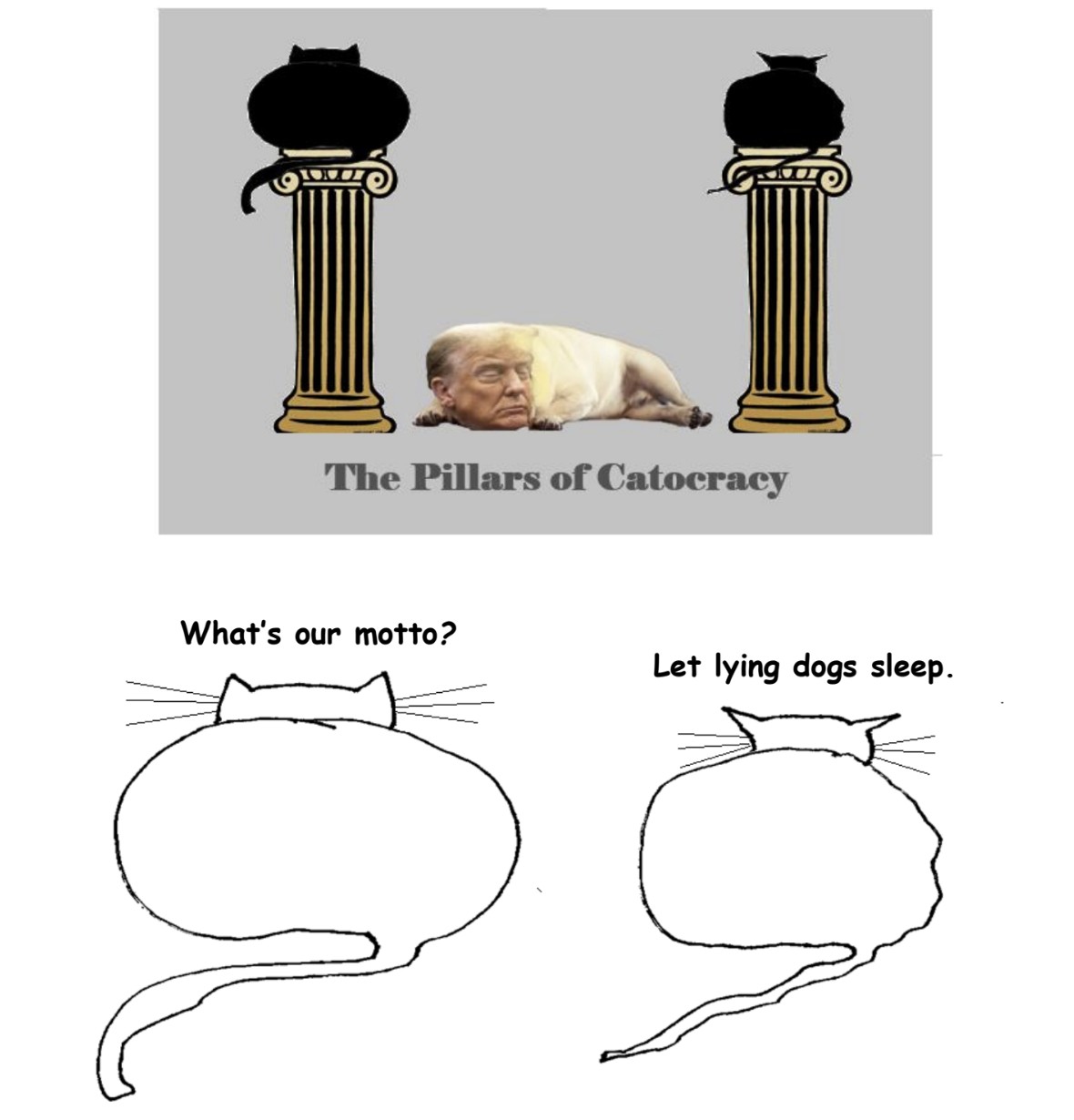



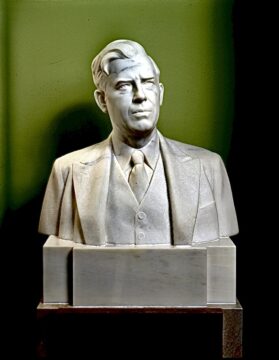
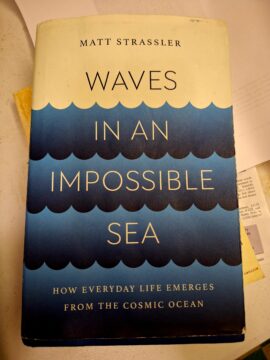
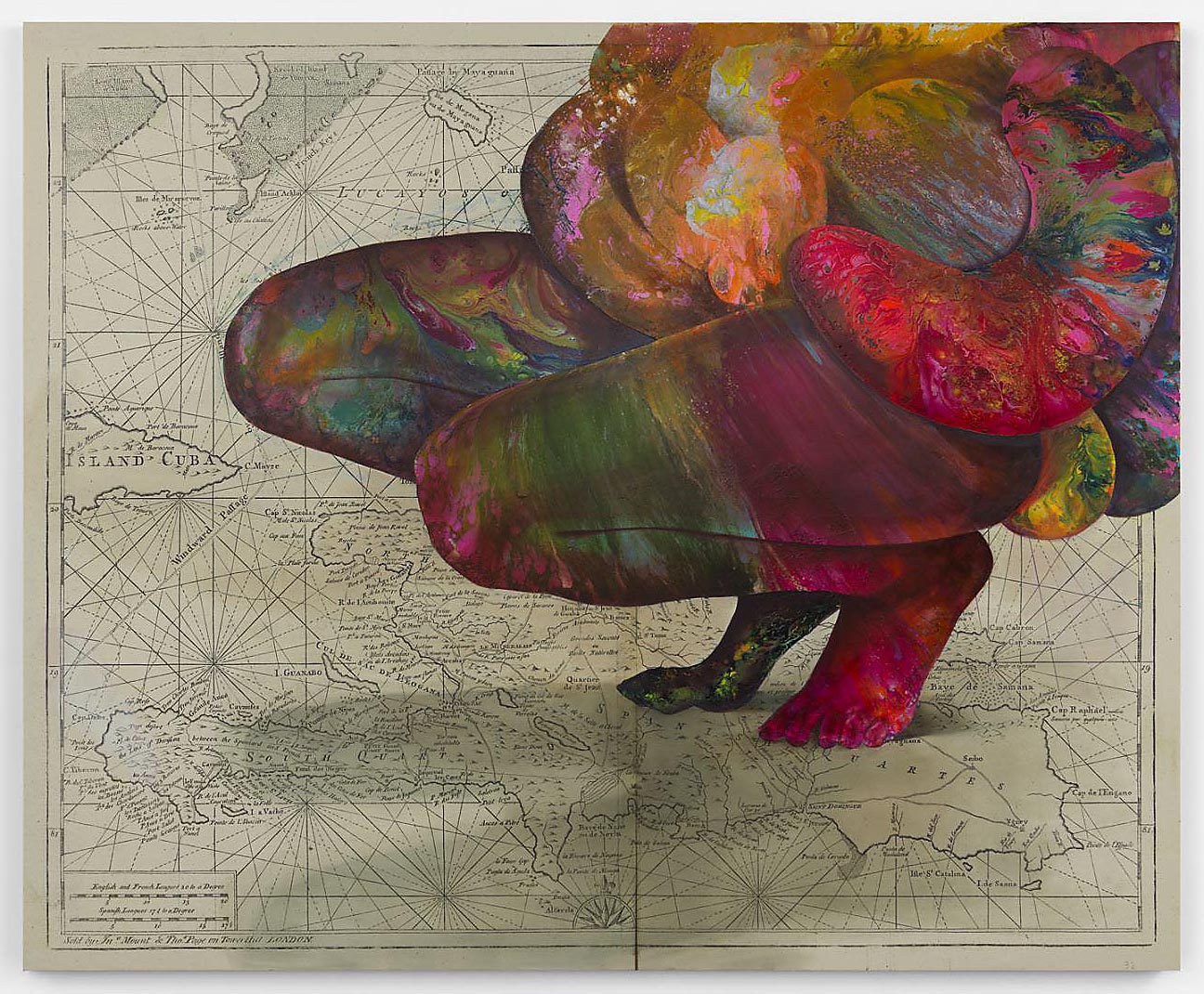 Firelei Baez. Untitled (A Corrected Chart of Hispaniola with the Windward Passage), 2020.
Firelei Baez. Untitled (A Corrected Chart of Hispaniola with the Windward Passage), 2020. by Leanne Ogasawara
by Leanne Ogasawara The barbarians have won.
The barbarians have won.



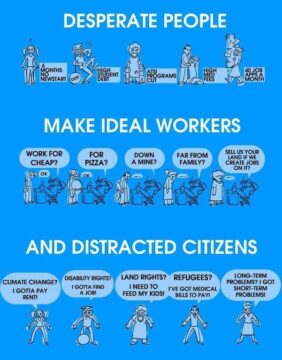 In the West, it feels like we have never lived
In the West, it feels like we have never lived 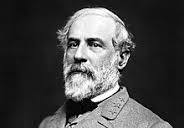 If 1840 outside of Richmond, say, had really been like that what would it have looked like? Warm, smiley, friendly no violence or anger or retribution. Freedom, wealth, and privilege burdens that black people were lucky to avoid. The only possibility of such a universe, I would imagine, might have involved some sort of depraved mass lobotomization or heavy doses of obliterating narcotics. This vision of the old South was as impossible as it was untrue.
If 1840 outside of Richmond, say, had really been like that what would it have looked like? Warm, smiley, friendly no violence or anger or retribution. Freedom, wealth, and privilege burdens that black people were lucky to avoid. The only possibility of such a universe, I would imagine, might have involved some sort of depraved mass lobotomization or heavy doses of obliterating narcotics. This vision of the old South was as impossible as it was untrue. Flash forward to mid-fifties New York, Patricia Highsmith’s Ripley in the new Andrew Scott Netflix version is approached by a black man at a bar who says he has a job for him. There is no reference to their races as if black people approaching white people and offering them work was a regular occurrence at that time. In the Highsmith original, no such character exists. Deeply racist, Highsmith cast almost all non-white characters in her work as foolish and/or despicable.
Flash forward to mid-fifties New York, Patricia Highsmith’s Ripley in the new Andrew Scott Netflix version is approached by a black man at a bar who says he has a job for him. There is no reference to their races as if black people approaching white people and offering them work was a regular occurrence at that time. In the Highsmith original, no such character exists. Deeply racist, Highsmith cast almost all non-white characters in her work as foolish and/or despicable.